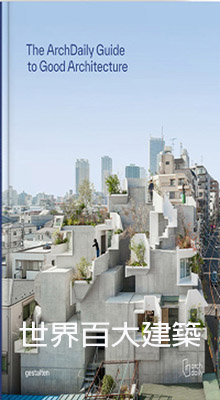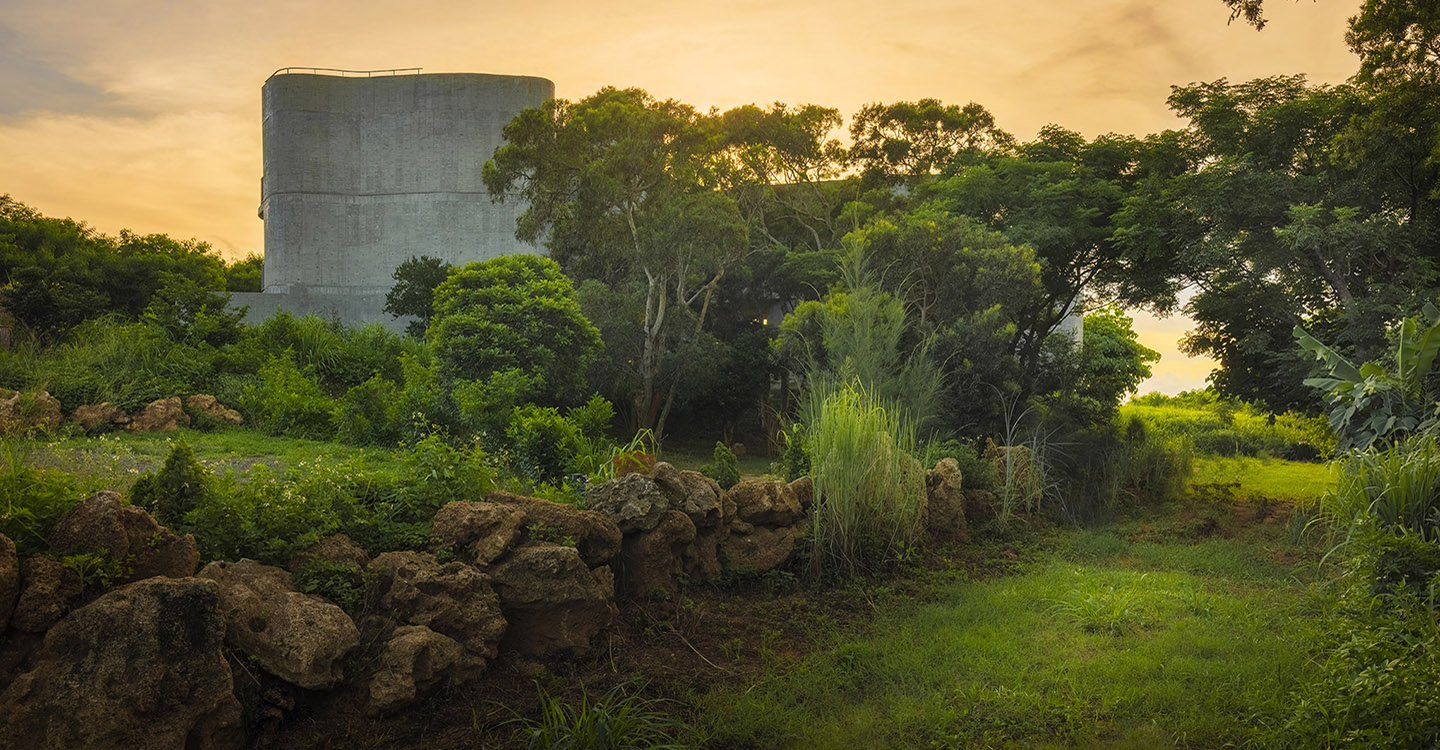
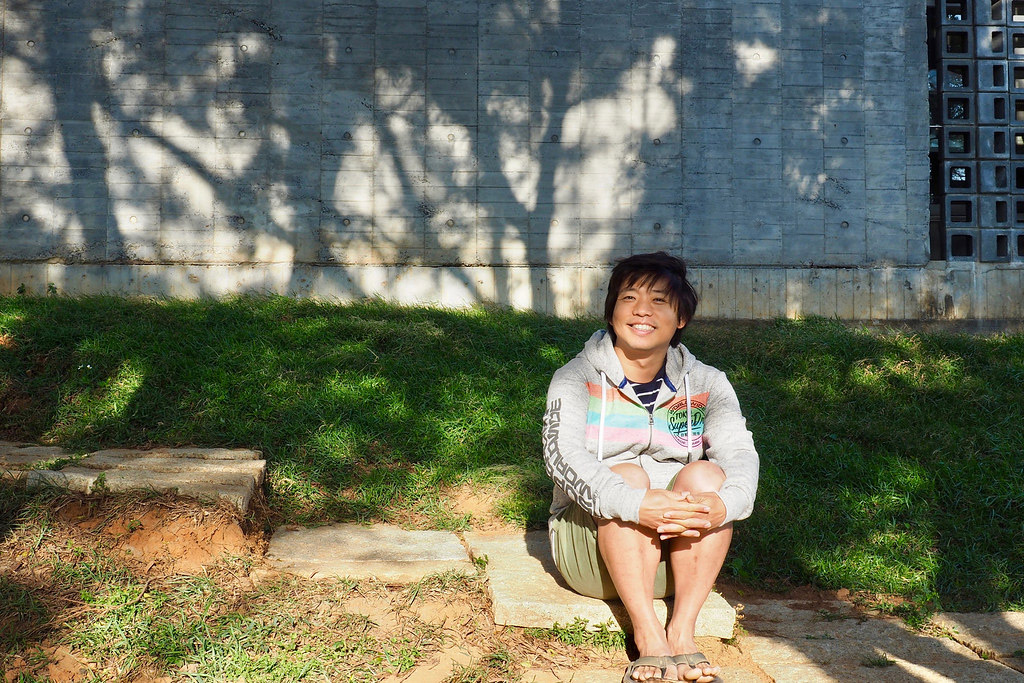
Discover
The Wandering Walls
The Wandering Walls is a tranquil exposed-concrete retreat tucked into the hills of Hengchun. Designed by architect Grace Cheung, it is defined by three free-form curved walls that unfold with the terrain, as if meandering between forest and sea. Adjacent to acacia woodland and open fields, the architecture aligns with prevailing winds and landforms to create microclimates of shade, sound buffering, and natural ventilation. Guests stroll along the walls through light, shadow, and the sound of wind—feeling the rhythm of coexistence between space and nature. Here, it is more than accommodation; it is a journey back to serenity and freedom.
The Birth of The Wandering Walls: From a Journey to an Architectural Landmark
The story began in 2008 when founder Gavin traveled around the world, discovering diverse interpretations of living. A dream took root—to create a space to share an ideal way of life. In 2010, he found a quiet hillside in the northwest of Kenting. In 2012, he invited architect Grace Cheung to craft this lodging project—an architectural work that fuses the downslope winds, acacia groves, and the textures of the local landscape.
Architectural Language: Walls Wandering Between Forest and Sea
The architecture is composed of three free-form exposed-concrete walls, each 30 cm thick and cast on site using modular formwork. Beyond their structural function, these walls define circulation, light and shadow, and view boundaries—so the building feels like “wandering walls” weaving fluidly between mountain and ocean landscapes.
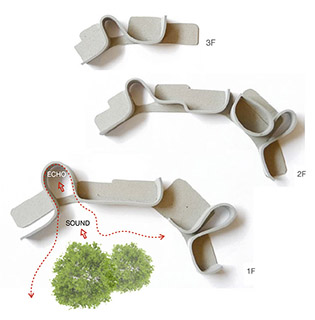
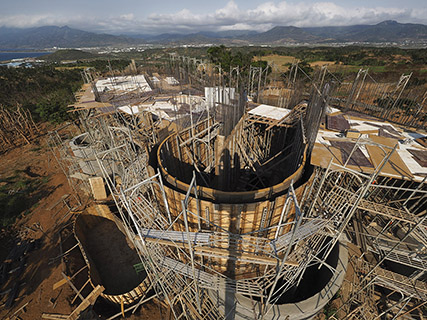
Sustainable Design Spirit
Sited at the threshold of acacia forest and hillside, the design responds to topography and strong seasonal winds. Large-scale cutting and filling were avoided to preserve the original landform. Staggered wall placement forms microclimates that provide shade, acoustic buffering, and guided airflow—demonstrating sustainable principles of thermal convection and natural ventilation.
Inside, the flowing curves and minimalist sensibility continue. Concrete, wood, and metal—honest materials—create a texture where ruggedness meets refinement. The curved stairwell wall channels the sound of wind to form an acoustic landscape. Overall, the design blends a brutalist expression with the site’s natural language, balancing sculptural presence, utility, and a deep sense of place.
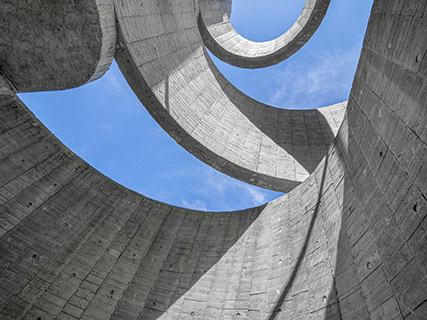
International Recognition — A Contemporary Icon & Top 100 Architecture
In 2015, Gavin resigned and moved south to personally oversee the site, taking part in every detail. After seven years, The Wandering Walls was completed in 2019. Since opening, it has gained international attention. In 2022, Swiss publisher Braun included the project in Contemporary Architecture — Masterpieces Around the World. The same year, it was featured in ArchDaily’s The Guide to Good Architecture as the only Taiwanese building among the Top 100, and it received ArchDaily’s Best Architectural Works of 2022. The project has been reported by over 50 media outlets, including Italy’s IQD and Germany’s Baunetz.
Our Vision: A Journey Back to NatureIn an age of speed and information overload, The Wandering Walls offers a sanctuary far from the noise. Hidden among native acacia trees, it shapes atmosphere through light, shadow, and architectural language—so every guest can rediscover inner calm and natural rhythm in a pure, simple space. The Wandering Walls is not just a building—it is a way of living. From architectural philosophy and local ingredients to warm hospitality, we invite you to slow down and breathe with the wind, the light, and the land. Let each stay become a journey closer to nature and to yourself. Architect: Xrange Architects — Grace Cheung |
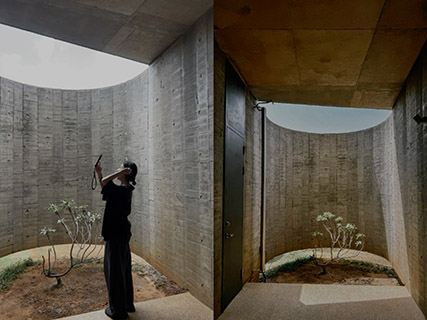
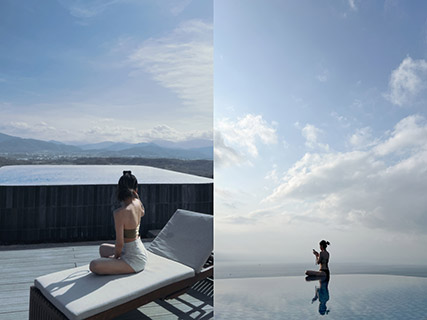
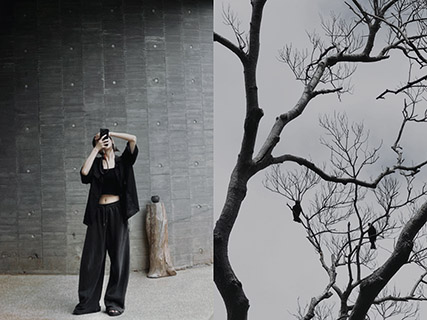
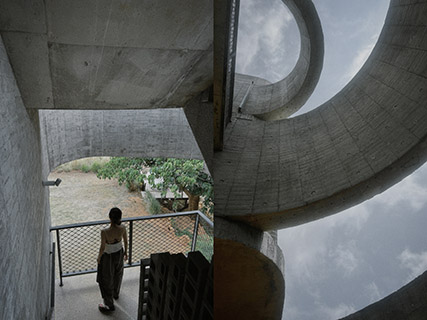
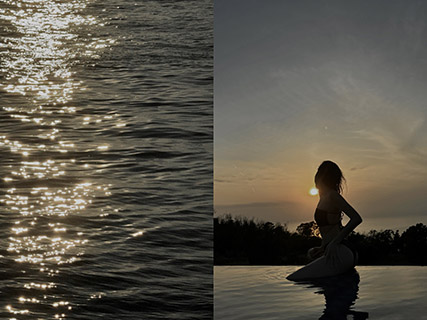
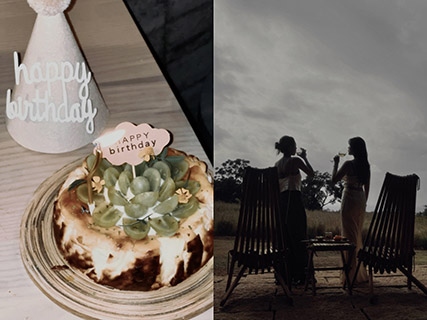
|
Some buildings are like unsigned love letters—designed for no one in particular, in no rush to explain themselves. They simply stand quietly, letting the wind pass through their form, and light dance across their surface. There are no words here, yet everything speaks. The wind becomes a curve, light forms a tone, water breathes. A bend of wall, a stroke of light, a reflecting pool—each is a sentence written by time. After 30 years old, you no longer seek the bustle, nor cling to possession. Instead, you lean toward closeness—followed by quiet coexistence. In youth, we lived too intensely, approached too cautiously. Now, all we long for is comfort: something that fits just right, lets us breathe, and holds onto the soul—no longer adrift in the noise of expectations. As you move forward in life, you learn to maintain just the right distance from the world. So that when the curtains are drawn, sunlight still flows in, and your heart doesn’t need to close itself so tightly. Regardless of the surroundings or relationships, all you desire is a place where you can simply be—no need for words, no need to leave—just the presence of something that breathes beside you, effortlessly. Here, you'll slowly let go of the desires you once thought were important. You stop reaching for your phone, stop rushing to post photos. You just want to do one thing well: live fully in the present. The Wandering Walls stands like a quiet kingdom in a pure land—no noise, no pressure to perform. It offers only air, light, architecture, and wind. The rest is up to you—to decide how you want to live. You can laze in the breeze of the lounge, lie under the sun in a hammock, sway gently on a swing, or head to the rooftop to enjoy the mountains and sea when swimming in the infinity pool. Here, everything is just right—nothing more is needed. 安柏 2025.5.9. |
Getting here
"Located on the mountain ridge on the northwest side of the Hengchun Peninsula. 15 to 20 minute drive to the nearest 7-11 in Hengchun Township. 20 minute drive to National Museum of Marine Biology and Aquarium. 30 to 40 minute drive to Kenting main street. Kindly note there is a 600-metre gravel road before arriving Wandering Walls."
